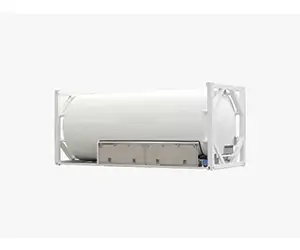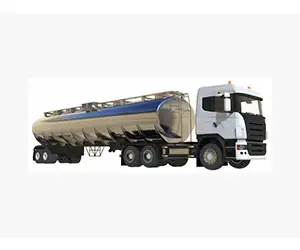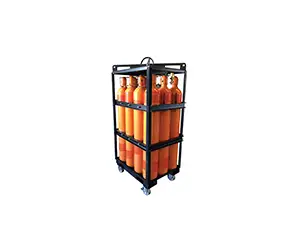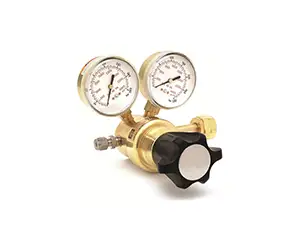The cost of complying with the US Renewable Fuels Standard (RFS) has become a major cost item for US refiners as both the mandated volume and the exchange price of credits – renewable identification numbers (RINs) – have increased.
May 18, 2018 The cost of complying with the US Renewable Fuels Standard (RFS) has become a major cost item for US refiners as both the mandated volume and the exchange price of credits – renewable identification numbers (RINs) – have increased. These costs have decreased recently, but are still a major concern for refineries.
The US oil industry is required to blend 19.29 billion gallons of biofuels into the domestic transportation fuel pool (including on-road gasoline and diesel).
The compliance obligation rests with the refiners and fuel importers and is achieved by providing a RIN. These are created when the fuel is blended (usually just before final delivery to retailers), not when it is refined. This means that most refiners must purchase RINs from blenders to meet their regulatory obligations.
RIN base ethanol prices averaged about 70 cents per gallon in 2017. This means a cost of more than $3.50 per barrel of transportation fuel. For a single refinery, this has added hundreds of millions of dollars to operating costs and raised concerns about the impact on plant profitability.
In recent weeks, prices have dropped significantly. The average base ethanol RIN price in April was 36 cents/gallon, or roughly half the value at the end of 2017. The drastic reduction is widely attributed to the EPA’s generous measures to effectively make smaller refineries more generous. It exempts them from compliance. The renewable fuel mandate rules allow the EPA to exempt refineries with a capacity of less than 75,000 barrels per day if the EPA determines that compliance would pose a financial problem for the company.
Even at current lower levels, RIN fees are still a significant cost to refiners that must comply with the mandate. However, it appears that most, if not all, of this cost will be passed on to consumers in the form of higher product prices, keeping refineries full. The evidence of this is in several ways:
The price difference between similar fuels that are and are not subject to the biofuels obligation usually reflects a difference in RIN cost. For example, the price difference between ultra-low sulfur diesel (ULSD) that has RIN obligations and exported ULSD that does not averaged $3.34 per barrel in 2017, compared to a RIN obligation cost of $3.50 per barrel. barrel
Refiner optimization decisions are primarily made using an LP model that generates a RIN cost when considering whether to manufacture a product that has mandatory RINs.
Traders report that waterborne product transactions include a discount on the RIN fee if the product is for export.
So, who is taking this higher margin? Most of the direct value from higher prices goes to fuel blenders, who put the biofuel into the final product, which “frees up” RINs they can then sell to refineries. While refiners benefit from the blending they do for their marketing networks, most of the blending is done by large fuel wholesalers and retailers who buy fuel from refineries and biofuel from ethanol producers. The benefit to ethanol producers is greater than the demand for ethanol resulting from the mandate.
What will be the future of European gas flow?
In the long term, pipeline projects planned for the coming years may significantly change the market as we know it. The Trans-Adriatic Pipeline (TAP) is under construction and is expected to start operating in 2020. Part of the Southern Gas Corridor, the project will connect Europe with gas fields in the Caspian Sea, bringing another source of gas supply into the mix.
In the northern part of the continent, Nord Stream 2 will serve as an additional route for Russian gas in the next few years, while the Baltic Pipeline will transport gas from Norway to Denmark, Poland and other countries in the region.
Considering the changes in the use of major routes and the increasing role of LNG in the supply mix that we saw last year, as well as these upcoming projects, we expect to see interesting developments in the near future.
So, as we look to the future, the gas world is probably pondering:
Will Nord Stream 2 strengthen Russia’s role as the EU’s main supplier?
Will it increase Russia’s market share or further reduce the use of the Ukrainian route?
How much will new infrastructure contribute to diversifying the supply mix in the coming years?
Which countries will see their market share decline and how will new pipelines affect LNG as part of the supply mix?
Looking ahead to 2019, we should continue to pay close attention to the European natural gas market.
 Persian
Persian Englisg
Englisg Arabic
Arabic


















